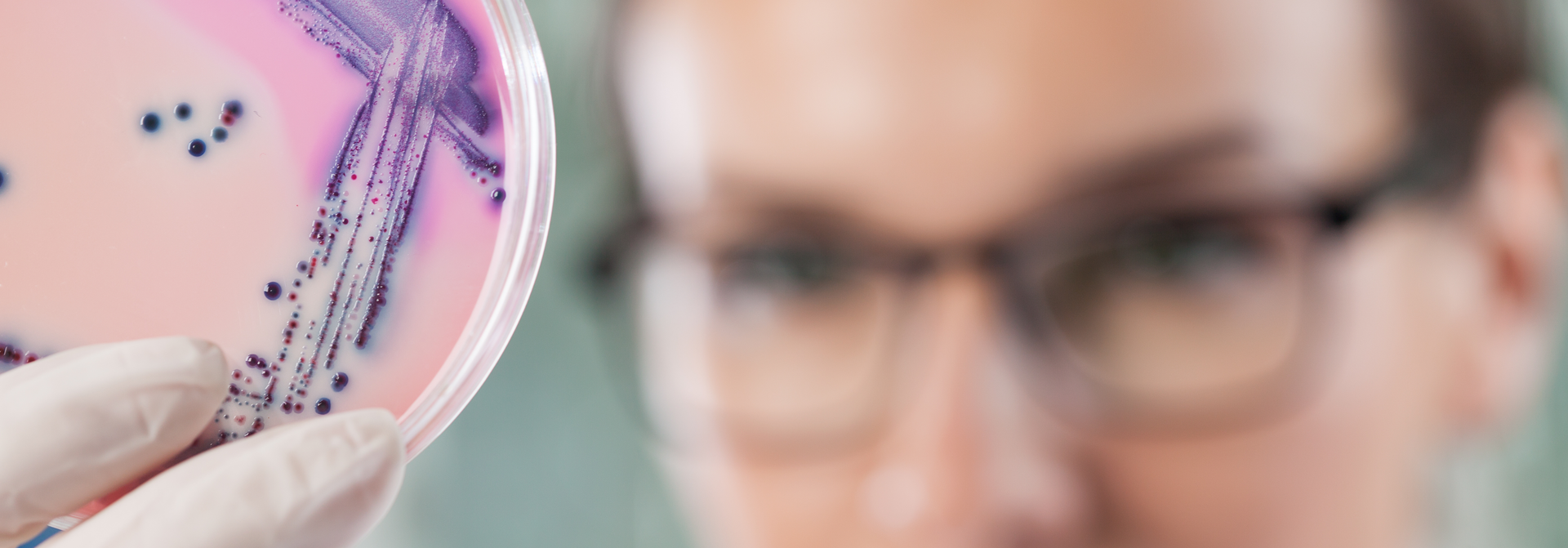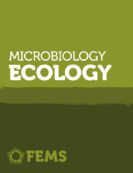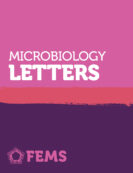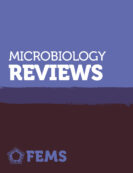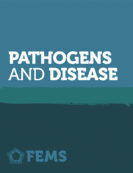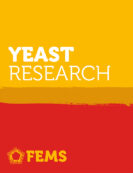FEMS Microbiology Ecology Poster Prize: Dinesh Gupta & Elaine Luo
Applied and Environmental Microbiology Conference (AEM)

Applied and Environmental Microbiology (AEM) is one of the longest running of all Gordon Research Conferences. It took place 14 – 19, July 2019, with the conference theme: Shaping the Earth’s Microverse. FEMS Microbiology Ecology awarded two presentation prizes at the conference, to Dinesh Gupta & Elaine Luo. You can read interviews with both prize winners below:
Dinesh Gupta
What is your current position, and what was your scientific journey to get there?
I am a fifth-year graduate student in Prof. Arpita Bose’s lab in the department of biology, Washington University in St. Louis. I am originally from Nepal where I completed my undergraduate in microbiology from Tribhuvan University.
I pursued my master’s degree in Biology at California State University Northridge and did my thesis work in Prof. Chhandak Basu’s lab. My project was mainly focused on producing the natural hydrocarbons of plants as a potential biofuel by overexpressing plant’s gene in metabolically engineered microbes. My work in E. coli engineered with isoprenoid pathway allowed us to produce 2-Methyl-3-buten-2-ol (MBO, a 5 Carbon alcohol) by expressing a codon optimized MBO synthase gene from Pinus sabiniana. I also overexpressed MBO synthase in Nostoc puntiforme to improve phytol (a 20 Carbon alcohol) production.
Because of my interest in synthetic biology, I joined plant and microbial biosciences (PMB) program in the division of biology and biomedical sciences (DBBS) at Washington university in St. Louis. Here, I was intrigued by the emerging field of microbial electrosynthesis and joined Bose lab to understand how microbes use electricity from poised electrode to fix carbon dioxide using light energy.”
Could you describe the research your poster covered?
The research presented in the poster at AEM GRC was mainly focused on understanding how microbes harvest electrons from iron and iron mineral proxies (such as poised electrodes) to perform photosynthesis under anoxygenic conditions. This process is known as photoferrotrophy and plays an important role in biogeochemical cycling of iron and carbon. Photoferrotrophy is one of the most ancient forms of photosynthesis, and it is considered as a potential metabolism responsible for the deposition of the Archean banded iron formations (BIFs).
Interestingly, photoferrotrophs can also use electricity from poised electrodes to fix carbon dioxide with light energy, a process called phototrophic extracellular electron uptake (phototrophic-EEU). Microbes capable of phototrophic-EEU are good candidates for biotechnological applications such as microbial electrosynthesis.
Despite continued interest in these microbial metabolisms, the molecular mechanisms underpinning photoferrotrophy and phototrophic-EEU are poorly understood. In this work, using a trans-disciplinary approach, we showed that these photoferrotrophs produce a PioAB protein complex to accept electrons from extracellular electron donors such as poised electrodes. We also elucidate the steps used by these phototrophs in the production of PioAB electron conduit. Further, our work demonstrates that these bacteria oxidize soluble ferrous iron extracellularly, not in the periplasm, via the same PioAB electron conduit during photoferrotrophy.
Findings from this study will help to broaden our understanding of the metabolic evolution, microbial ecology, Earth history. Additionally, these findings will help advance the field of microbial electrosynthesis.”
What do you hope to focus your research on in the future?
I am always interested in understanding metabolically versatile microorganisms and learning their unique life strategies. I believe that understanding these fundamental questions can help us to solve the issues related to energy and environment. In the current work, I learned how microbes survive under nutrient scarce conditions by linking their metabolisms to the extracellular insoluble electron donors.
In the future, I want to extend my research towards understanding the broad implications of extracellular electron uptake in microbial evolution on Earth and beyond. I am also interested in isolating phototrophic-EEU capable bacteria from different natural environments and exploring them for microbial electrosynthesis.”
Elaine Luo
What is your current position and what was your scientific journey to get there?
I’m currently a PhD candidate with advisor Dr. Edward DeLong at the Center for Microbial Oceanography Research and Education, University of Hawaii. During my undergraduate studies at the University of Toronto, I specialized in Ecology and Evolution and studied plant-pollinator interactions in Colorado wildflowers. I became curious about how my understanding of ecology and evolution, which was largely based on terrestrial systems, could apply to understudied marine systems. The oceans contain some of the largest biomes in the world, yet simple questions about ecosystem structure and function remains unanswered. This led my pursuit of a Summer Student Fellowship at the Woods Hole Oceanographic institution, and then to the University of Hawaii’s Marine Biology PhD program.”
Could you describe the research your poster covered?
My current dissertation research focuses on viruses that infect bacteria in the open oceans, which covers ~40% of the Earth’s surface. Viruses are abundant and have strong potential to influence biogeochemical cycling and microbial diversity in the oceans. However, viruses in the oceans remain relatively understudied and represent a vast reservoir of unexplored diversity.
The poster that I presented, “Viral population dynamics and reproductive strategies in the open oceans”, explores viruses in the open oceans north of Hawaii. I curated a viral database that included 8000 novel populations and characterized their diversity, metabolic, and reproductive strategies across the surface to mesopelagic ocean.
Together, I hope that this work contributes to our understanding of environment influences on genome content and population structure of some of the most abundant yet understudied life-forms on the planet.”
What do you hope to focus your research on in the future?
In the near-term, I’m interested in using long-read sequencing to explore how genome structure, gene content, and patterns and timescales of viral genome evolution varies across different environments.
In the longer-term, one of my interests is astrobiology as I’m curious to explore these fundamental questions on how life evolved: What specific conditions made Earth habitable? Which environments foster faster evolution? What will Earth look like in the next X years? Where are we most likely to find life on other planets?
I’m also fascinated by research in human microbiomes, gene therapy, and genetically modified crops. All three research areas, if ethically implemented, have exciting potential to improve our quality of life in an increasingly populated planet.”
All but one of the FEMS journals are now fully open access (OA), with one journal, FEMS Microbiology Letters remaining a subscription journal with free-to-publish and OA options. Open access is key to supporting the FEMS mission of disseminating high quality research as widely as possible: when high quality, peer reviewed sound science is open access, anyone, anywhere in the world with an internet connection, can read it.
